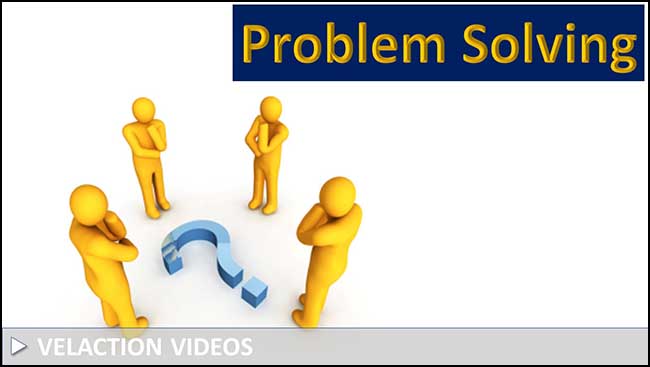Drift (Process)
Most processes change over time. A car will age, and as it undergoes normal wear and tear, gas mileage will worsen. It won’t be an overnight change, but it will trend downward. This is drift. Processes, with no visible changes, often slowly perform differently. A fixture may loosen up over time, making it take longer to fasten the product in place. A measuring device may be subjected to a series of small bumps over time that slowly changes its readings, making subsequent tasks take longer.
In some cases, there may be minor alterations to how processes are done over time. For example, a tool might be placed in the wrong location often enough that it inadvertently changes a process, or a vendor might change packaging slightly.
Drift should not be confused with intentional changes to a process that shifts an output.

When you understand drift, you will also understand why it is important to monitor processes so closely. Computers get cluttered up and run slower over time. The shift in performance might be so subtle as to be unnoticeable on a day-to-day basis. You may only recognize the change if you are monitoring the process.
While drift is primarily a mechanical issue, it also can occur in the people world. It can occur as people get worn out while doing a process. People sometimes get bored or stressed out or overworked in a process causing outputs to drift.
There is also a sensitive issue related to personnel driven drift. It is sensitive because age is a protected class, but as people get older, they tend to slow down. Age can impact performance in certain jobs—primarily heavily physical ones. It is imperative to handle this issue correctly, both morally and legally. Get advice from your HR department if you suspect this is an issue. This sort of drift, though, should be mitigated with continuous improvement. Good processes should be relatively operator neutral.
On the mechanical side, you will experience a substantial amount of drift for a variety of reasons. Components wear out. Software gets cluttered with patches. Cutting tools get dull. Hydraulic lines get clogged and leak. It is not uncommon to experience slow, unnoticed degradation in machine performance. As you understand how machine performance drifts, you will be more likely to implement preventative maintenance procedures to minimize the effect of wear and tear on processes.
Monitor Your Processes
Shifts in performance due to process changes tend to be easily recognizable. If something changes, and you gain or lose 5 or 10% of your output, you will notice it. Drift, on the other hand, slowly saps your productivity because it is so subtle you will likely not notice it unless you are looking for it. The only way to combat it is to be tracking your process with KPIs.



0 Comments